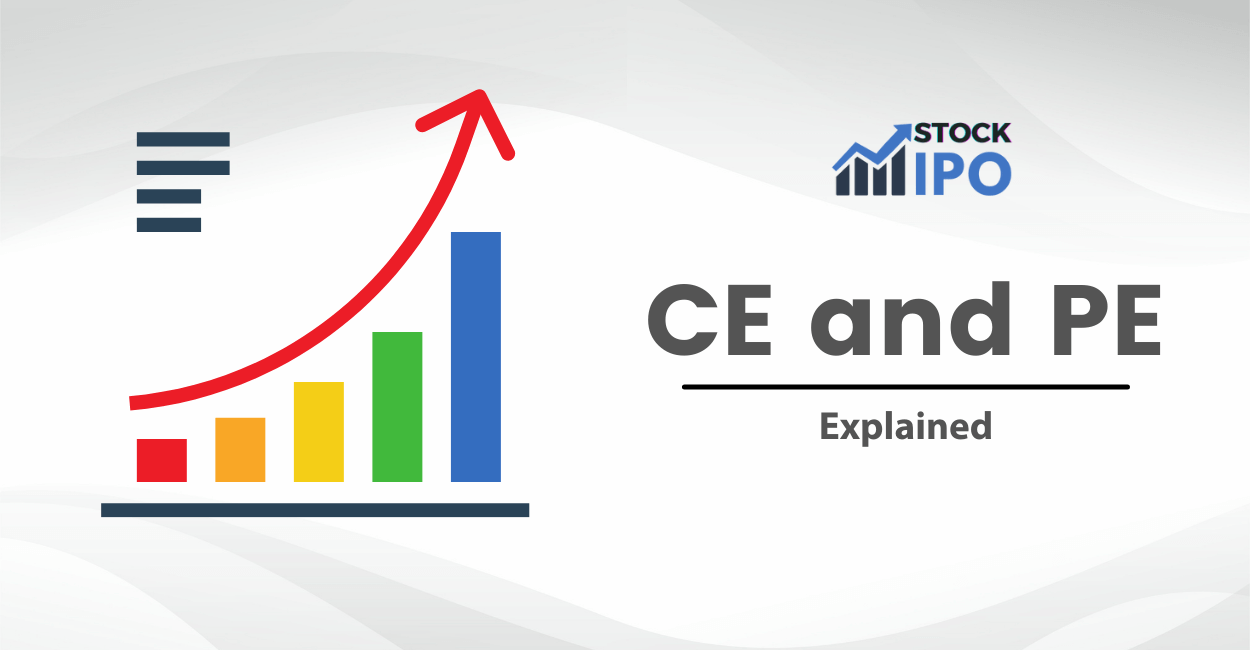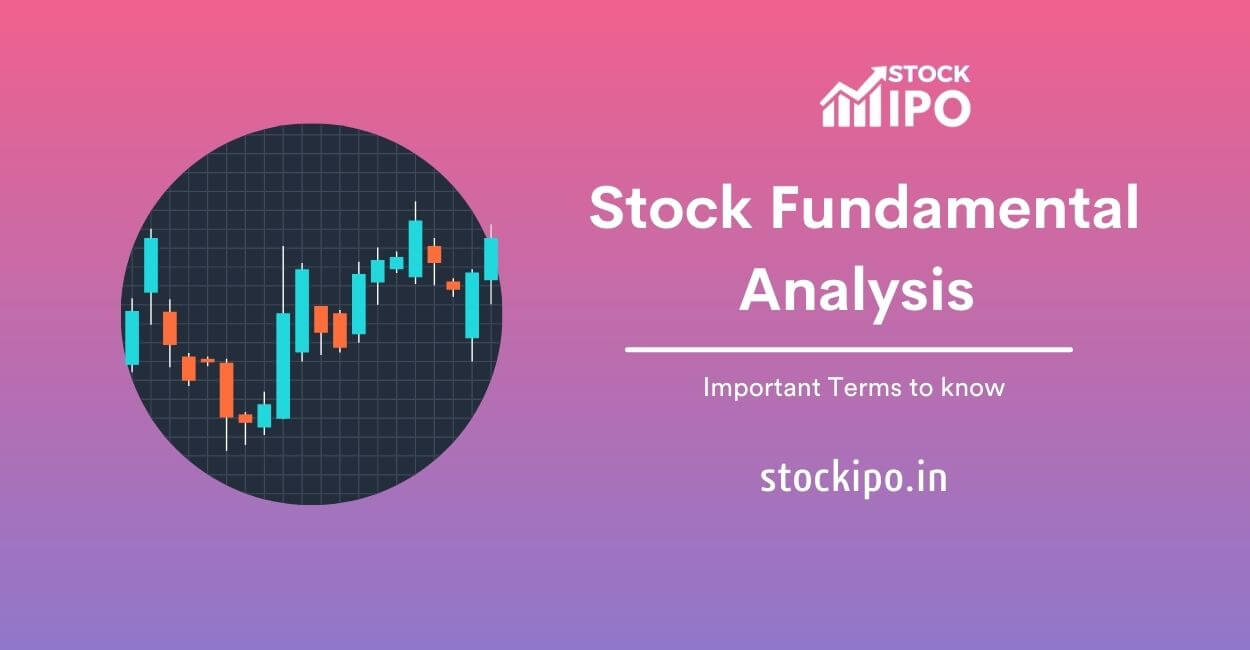An underlying asset is a term you might have come across in the world of finance and investing. But what exactly does it mean? This article aims to explain the concept of underlying assets, and the different types available, and provide examples to make it easier for you to understand.
What is an Underlying Asset?
An underlying asset is the fundamental asset on which derivatives such as options and futures contracts are based. In simpler terms, it is the actual financial instrument (like stocks, bonds, commodities, etc.) that is being traded in the derivative market. The value of a derivative is directly influenced by the price movements of its underlying asset.
For example, if you buy a call option for Reliance Industries Limited (RIL) shares, the underlying asset here is the shares of RIL. The value of the call option will fluctuate based on the market price of RIL shares.
Types of Underlying Assets
There are several types of underlying assets, but here are the most common ones:
- Stocks: Shares of publicly traded companies, like Tata Motors, Infosys, or State Bank of India.
- Bonds: Debt securities issued by governments, municipalities, or corporations. For example, a 10-year government bond.
- Commodities: Physical goods such as gold, silver, oil, or agricultural products like wheat and rice.
- Indices: A collection of stocks representing a particular market or a segment of it, like the NSE Nifty 50 or the BSE Sensex.
- Currencies: Different currencies like the US dollar (USD), Euro (EUR), or Indian Rupee (INR).
| Type of Underlying Asset | Examples |
|---|---|
| Stocks | Shares of Tata Consultancy Services (TCS), Reliance Industries Limited (RIL), State Bank of India (SBI) |
| Bonds | 10-year government bond, Municipal bonds |
| Commodities | Gold, Silver, Oil, Wheat, Rice |
| Indices | NSE Nifty 50, BSE Sensex |
| Currencies | US Dollar (USD), Euro (EUR), Indian Rupee (INR) |
Examples of Underlying Assets
- Stock Options: Let’s say you buy a call option for TCS (Tata Consultancy Services) shares. The underlying asset in this case would be the shares of TCS.
- Commodity Futures: Suppose you enter into a futures contract to buy 10 kilograms of gold at a specified price three months from now. The underlying asset here is gold.
- Index Options: If you purchase a put option on the NSE Nifty 50 index, the Nifty 50 index is the underlying asset.
- Currency Futures: If you enter into a futures contract to exchange USD for INR at a future date, then the underlying asset is the currency pair USD/INR.
Why Are Underlying Assets Important?
Understanding the concept of underlying assets is crucial for anyone involved in trading or investing in derivatives. Since the value of derivatives is directly influenced by the price movements of the underlying asset, it is essential to analyze the underlying asset carefully before entering into any derivative contracts.
Additionally, underlying assets also provide a way for investors to diversify their portfolio. For example, an investor holding mainly stocks can diversify by investing in derivatives based on commodities or currencies.
Conclusion
In conclusion, an underlying asset is a fundamental financial instrument on which derivatives are based. Common types of underlying assets include stocks, bonds, commodities, indices, and currencies. Understanding the concept of underlying assets is crucial for anyone involved in trading or investing in derivatives. It is also essential for portfolio diversification.
Hopefully, this article has helped you understand the concept of underlying assets, its different types, and its importance. Happy investing!
Note: The information provided in this article is for educational purposes only and does not constitute financial advice. Always consult a financial advisor before making any investment decisions.
References
- National Stock Exchange of India Limited. (n.d.). NSE – National Stock Exchange of India Ltd. Retrieved from https://www.nseindia.com/
- Bombay Stock Exchange. (n.d.). BSE (formerly Bombay Stock Exchange) | Live Stock Market updates for S&P BSE SENSEX,Stock Quotes & Corporate Information. Retrieved from https://www.bseindia.com/
- Investopedia. (2021, July 29). Underlying Asset. Retrieved from https://www.investopedia.com/terms/u/underlying-asset.asp







